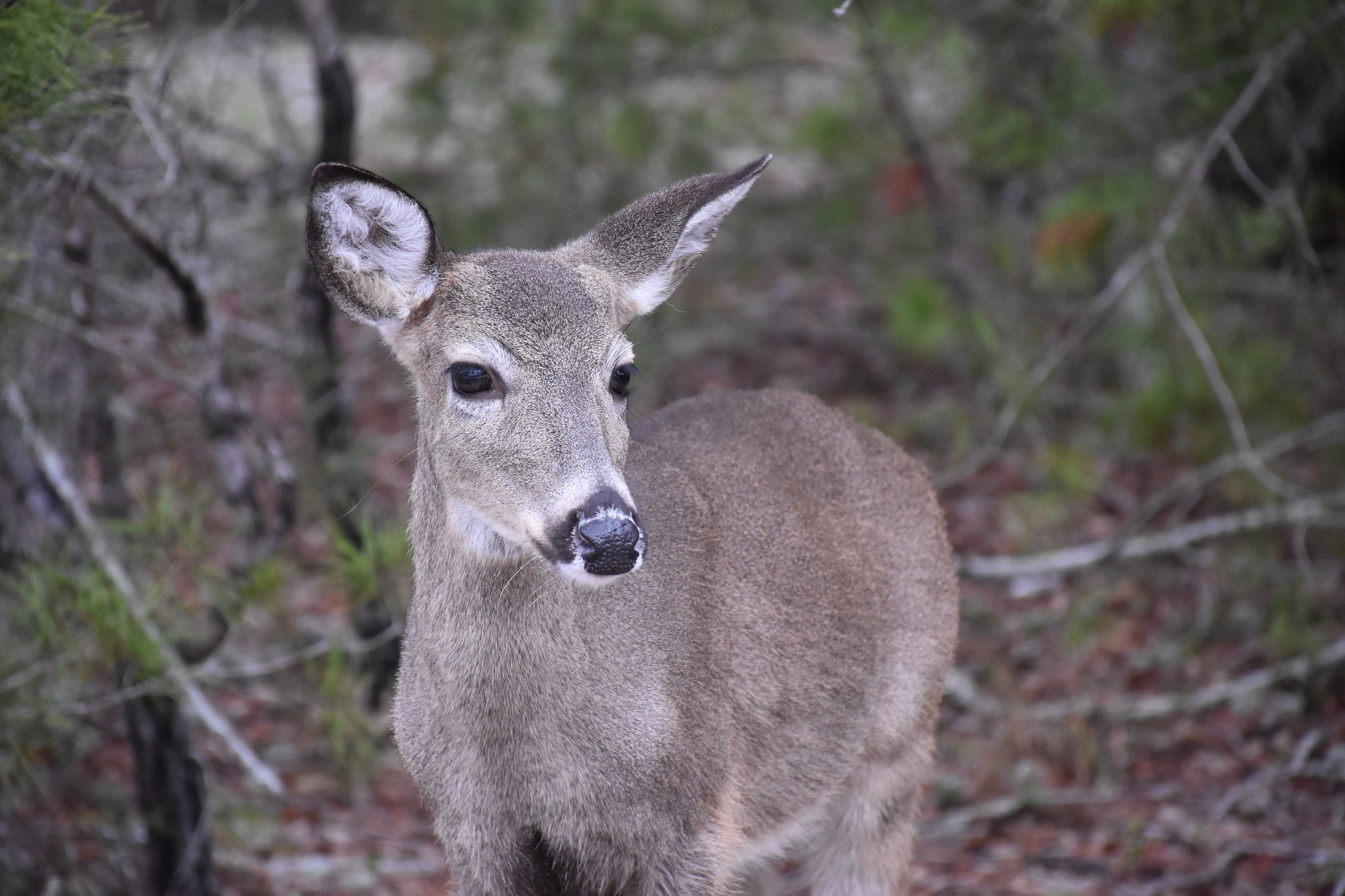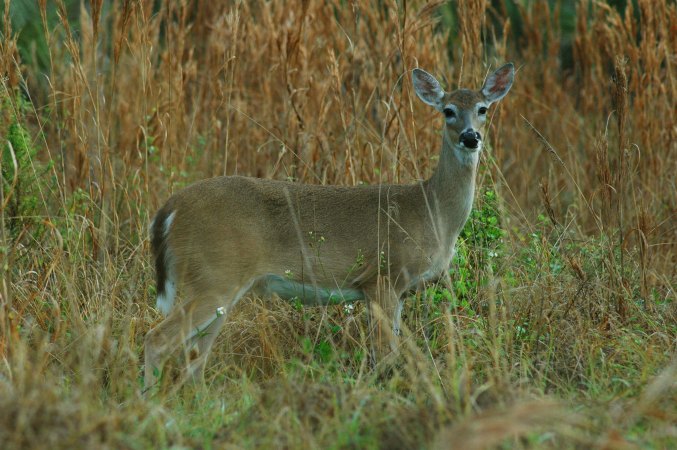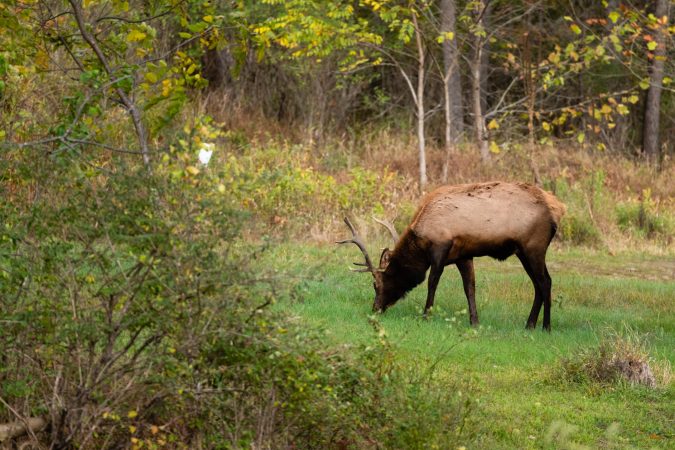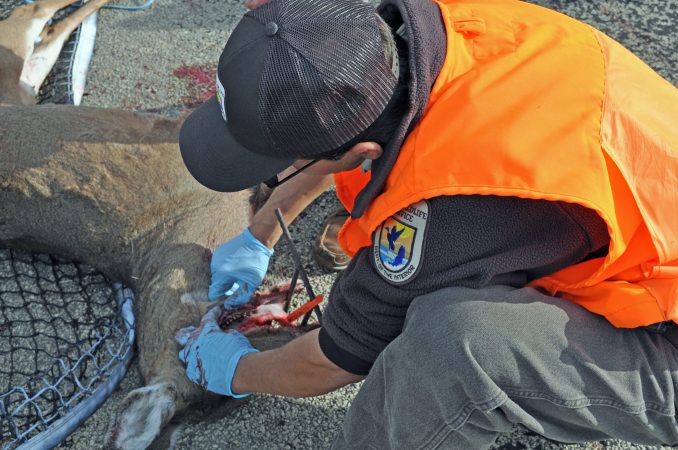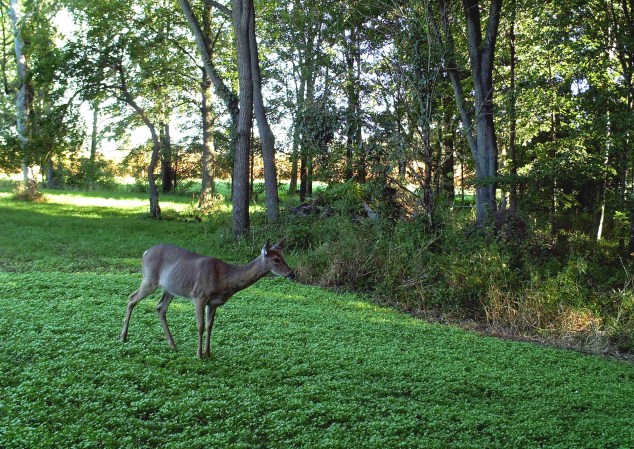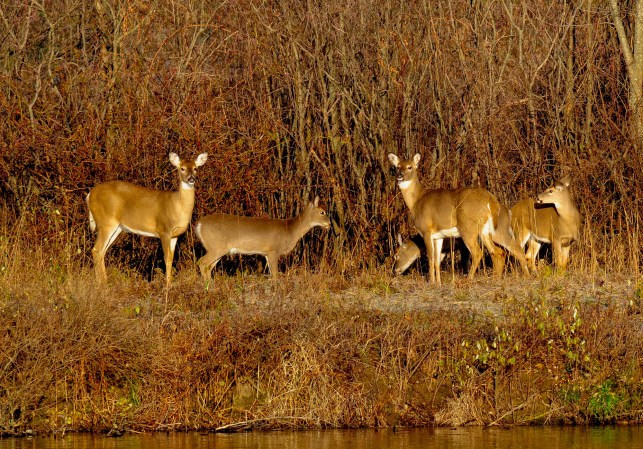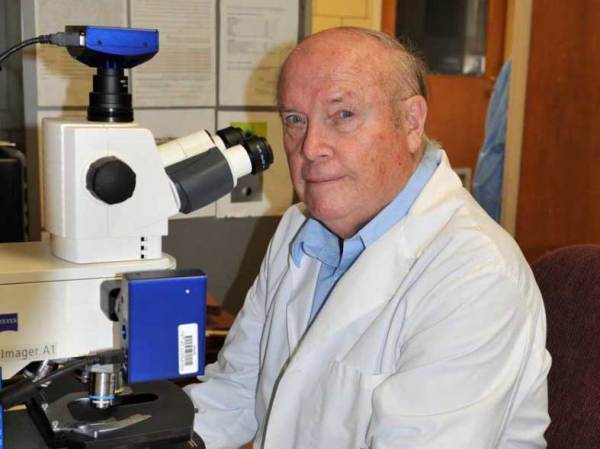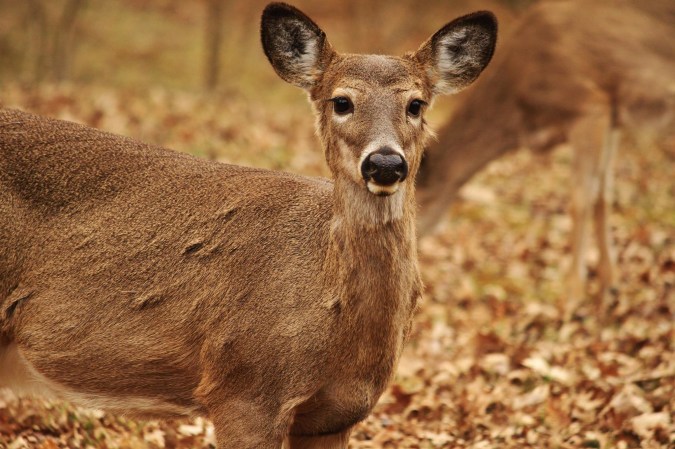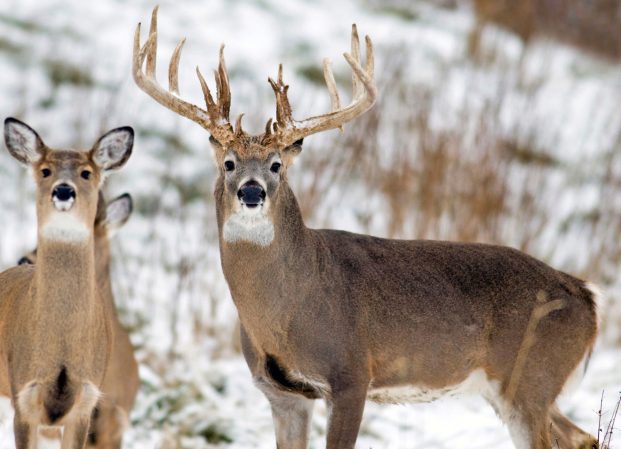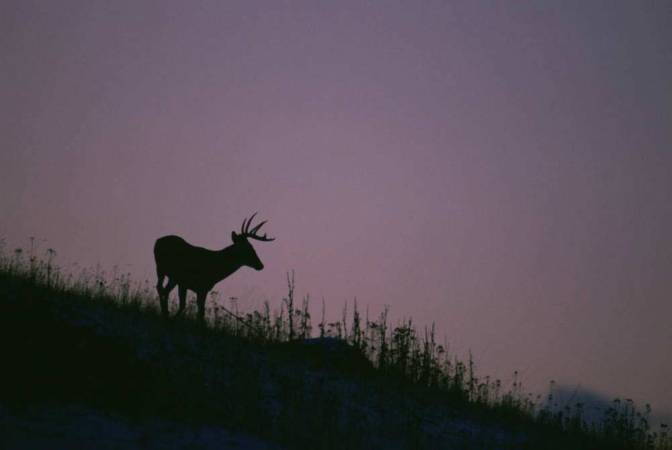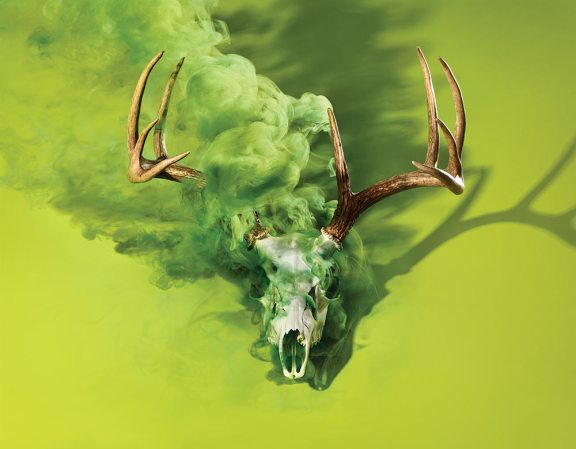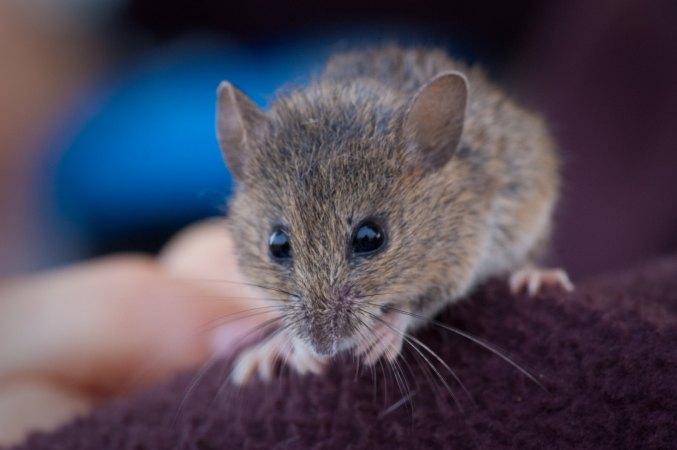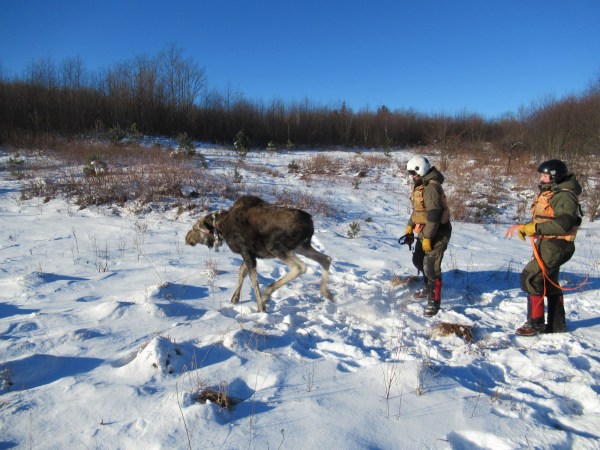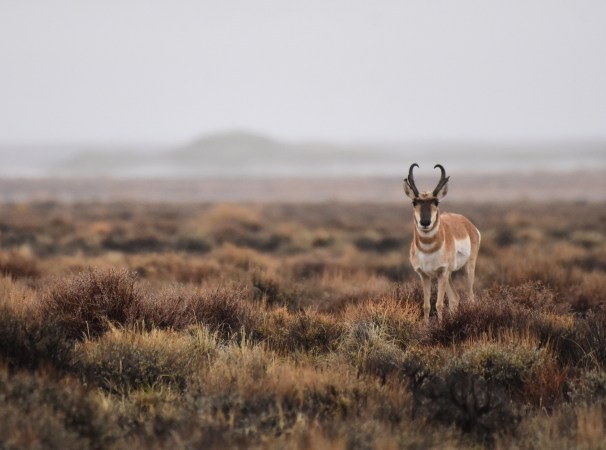Conservationists and deer hunters around the country are celebrating the passage of the CWD Research and Management Act in the House of Representatives. H.R. 5608 was introduced by Representatives Ron Kind (D-WI) and Glenn Thompson (R-PA) in October, and it passed the House in a 393-33 vote on Dec. 8.
The bill as it’s currently written would expand the federal government’s role in understanding and managing chronic wasting disease, an always-fatal disease that is currently impacting deer, elk, and moose populations in 25 states and two Canadian provinces. It would authorize $70 million in federal funding on an annual basis through 2028, and these funds would be split evenly between research and management priorities.
Read Next: The Deer Plague: An Inside Look at the Fight to Stop Chronic Wasting Disease
On the research side, $35 million in annual funding would bolster monitoring and testing programs in these states. It could also help wildlife biologists in their understanding of how CWD develops, transmits, and spreads through cervid populations. The other $35 million per year would support efforts to develop comprehensive policies and programs for managing the disease—with an emphasis on areas with the highest incidence of CWD, as well as areas responding to new outbreaks. These management strategies will continue to play a major role in the fight against CWD because there are currently no prevention or treatment for the fatal neurological disease.
“Today, Congress took a critical step towards combating this disease and making sure state and tribal efforts to manage its spread are supported,” Rep. Kind said on Wednesday after the bill’s swift passage through the House. “I’m proud to have led this bipartisan push to bring our scientists, local officials, and sportsmen together to address CWD and make sure our deer populations stay healthy for generations to come.”
A coalition of conservation groups, including the National Deer Association and Backcountry Hunters and Anglers, have voiced their overwhelming support for the legislation.
“This legislation … is a step in the right direction, and it’s an acknowledgement from the federal government that this is a serious issue,” says Torin Miller, NDA’s policy director. “Funding is just one part of the equation, and this legislation helps with that.”
He explains that the legislation would also make strides toward educating people about CWD, as it authorizes the USDA to work with state and tribal agencies to better inform the public about the dire threat that CWD poses.
The seriousness of this threat has only become more evident in the decades since CWD was first identified in a captive deer facility in Colorado in the late 1960s. Since then, data from the CDC shows that the disease has spread rampantly throughout the continental United States. In some of these areas—particularly in the Rockies, Midwest, and parts of the East Coast—biologists have reported infection rates as high as 25 percent, or one in four deer, in wild deer herds.
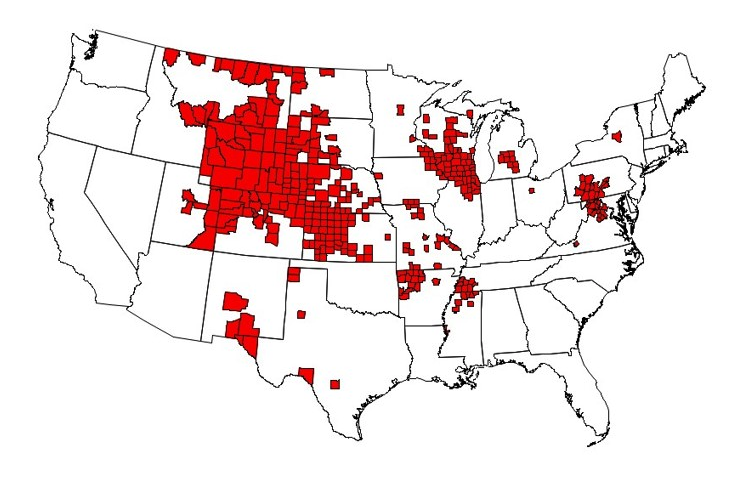
Those infection rates have been even higher—up to 79 percent—in captive deer herds. And this concerning statistic ties directly to another provision in the bill that Miller and other conservationists are calling a critical piece of the CWD Research and Management Act: Its direction for the USDA to review its Herd Certification Program within 18 months of the bill’s passage.
This directive is important because some have criticized the federal government for not doing enough to prevent the transmission of CWD from farmed deer to wild herds, and wildlife managers in certain states have already begun to take the matter into their own hands. The Minnesota Department of Resources, for example, announced in October that it would halt the importation and movement of farmed deer throughout the state.
The fate of the CWD Research and Management Act is now in the hands of the U.S. Senate, and conservation groups say they will continue to advocate for its passage there.

